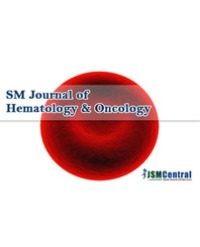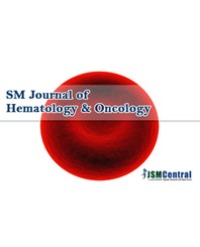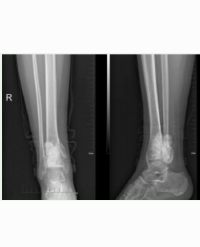
H.pylori Infection as Risk Factor for GIT Bleeding in Haemophilic Patients
Background: Helicobacter pylori is endemic in Egypt and present a main cause of gastrointestinal bleeding.
Aim: this study is to evaluate the prevalence of H.pylori infection in hemophilic patients, and to assess its impact on gastrointestinal bleeding associated with this infection in such patients.
Methods: we prospectively investigated the prevalence of H.pylori infection in 40 Egyptian patients with Hemophilia -A, -B and VonWillebrand syndrome and 20 normal male subjects was included. Every patient and control subject in the study was tested one time for H.pylori stool antigen by ELISA. All patients and control subjects were tested for occult blood using Guaiac-based fecal occult blood test. Results: Twenty eight out of 40 patients (70%) are H. pylori positive; and 12 out of 20 controls (60%) are H. pylori positive. The odds ratio is 1.55, 95% CI (0.6162 to 3.9269), Significance level P=0.3497. Among 28 H.pylori positive patients, 5 patients (17.9 %) tested positive for occult blood. Among the 12 H.pylori positive subjects in the control group, only one tested positive for occult blood (8.3%). Odds ratio for Occult bleeding in H pylori positive patients and control was 2.39: P=0.4504. None of the H.pylori negative patients or control subjects had a positive occult blood disease. Conclusion: patients with hemophilia, H. pylori should not be considered as an important cause of GI bleeding. The recurrence of the infection and GI bleeding could be prevented with eradication of H.pylori. Screening tests for H. pylori would not be needed in patients with hemophilia in endemic areas.
Noha M. El Husseiny¹*, Louis Essac and Mona Al Kassas



